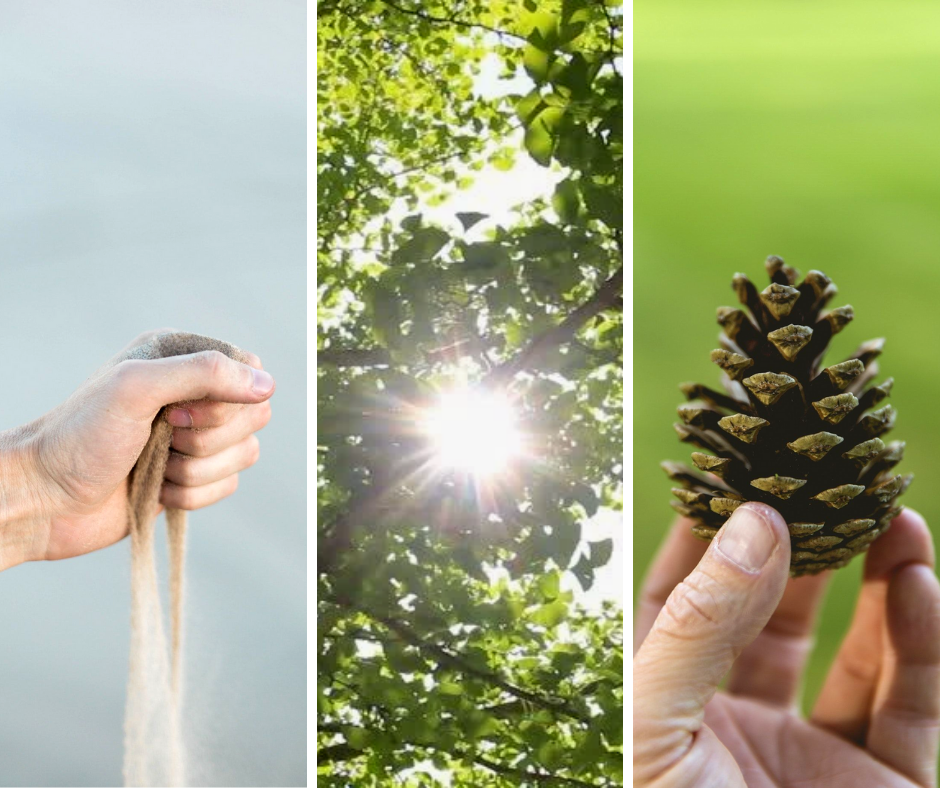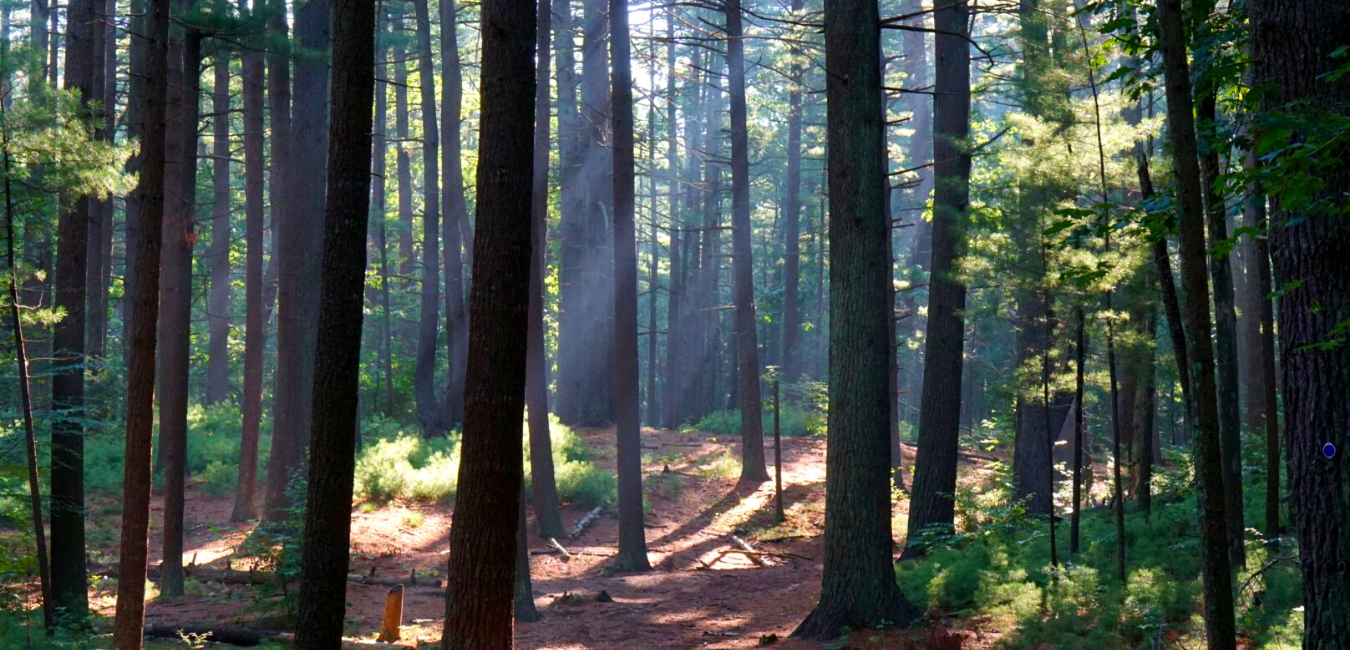The benefits of spending time in nature are well-documented. In fact, we’ve covered this very topic on our blog before – check it out here. However, if you want to ramp up those benefits to your physical and mental health, you might want to try the Japanese practice of “Forest Bathing.”
What is Shinrin-yoku or forest bathing?
In 1982, the Japanese government coined the term Shinrin-yoku – Shinrin meaning forest and yoku meaning bath. Translated in English to “Forest Bathing,” it is the practice of completely immersing oneself in nature. While the practice of mindfully engaging one’s five senses and the healing powers of nature have ancient roots in Japanese culture, the formal practice of shinrin-yoku was officially developed and coined in the 1980s in response to a public health crisis. People were increasingly living in cities and urban centers, working extremely high-stress jobs, facing burnout and there was a noticeable spike in the occurrence of auto-immune disorders. In response, the Japanese government instituted a national forest bathing program and designated several forest bathing reserves. Forest bathing became an essential part of preventative healthcare and healing in Japanese medicine.
What are the benefits of forest bathing?
There has been nearly forty years of research on the benefits of forest bathing. According to this research, individuals who practiced forest bathing or forest therapy, showed a reduction in chronic widespread pain, depression, anxiety, stress and even lowered heart rates and increased oxyhemoglobin levels. A 2009 study published in the International Journal of Immunopathology, found that exposure to phytoncides, the essential oils found in wood or “aromas of the forest,” significantly increased “human nature killer cells,” a type of white blood cell that boosts immune function.
How to practice forest bathing
Many of us enter the woods with a goal in mind – to get from here to there and back, to walk a certain amount of miles or even to get some great pictures for our Instagram feed. But the practice of forest bathing is much more complex and involves using all five senses to embrace the nature around us.
Want to give it a go? Here are some tips –
- Pick a quiet spot – a popular trail might not be your best option or at least pick a time when a trail might be less congested, like in the early morning. You might even want to give your own backyard a try.
- Leave your phone and other electronic devices behind. This means that you probably shouldn’t head too far into the woods or any place you might get lost.
- Unlock all of your senses. Listen to the birds sing or the wind blow through the trees. Watch the waves crash on the beach or the way the grasses blow in a gust of wind. Pick up some sand and let it flow through your fingers or pick up a pinecone and hold it in your hands. Smell the salty air or the fresh pine needles. Take deep open mouth breaths and taste the wild air.
- As a bonus, you could also consider nature journaling – jotting down or drawing what you see, hear and feel.

Here are some parks within the Long Island Pine Barrens that might be great backdrops for your forest bathing practice:
- Ridge Conservation Area
- Prosser Pines Nature Preserve
- Calverton Ponds Preserve
- Cranberry Bog Preserve
What are you waiting for? Go enjoy Long Island’s beautiful natural landscape and unlock some great health benefits at the same time.
Sources & Additional Reading:
https://time.com/5259602/japanese-forest-bathing/
https://www.rei.com/blog/hike/theres-no-running-in-forest-bathing
https://www.ianbanyard.com/home/the-origin-of-forest-bathing-forest-therapy/
By: Katie Muether Brown, Long Island Pine Barrens Society


